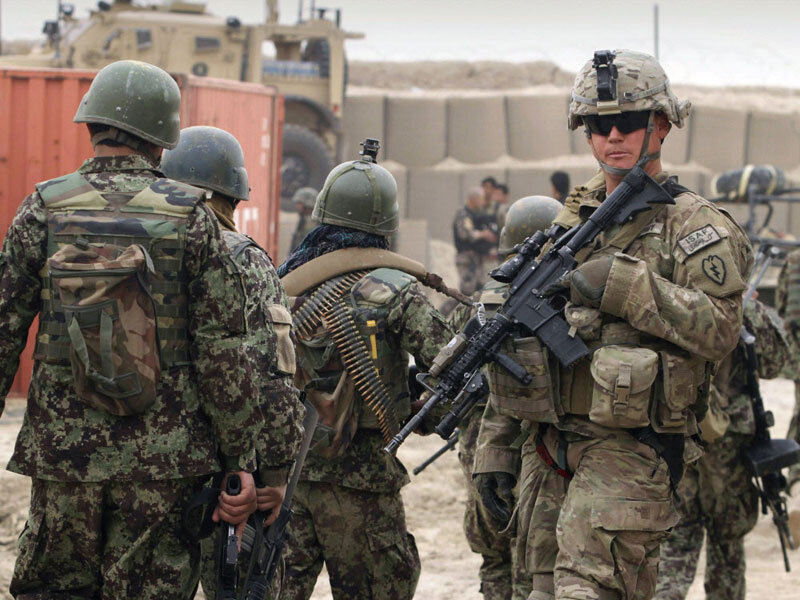US, Afghanistan agree in private to long-term partnership
| Kabul, Afghanistan
American and Afghan officials announced on Sunday that they both endorsed a final draft of the strategic partnership agreement that will outline the US commitment here for at least a decade after the 2014 deadline to transition all security to local forces.
Officials have been working on the agreement for a year and a half. US officials say that President Hamid Karzai and President Barack Obama hope to sign the agreement before the NATO summit on Afghanistan takes place in Chicago on May 20.
The details of the agreement have yet to be released, but it represents an important commitment for Afghans who have expressed concern that the US will drop support after their withdrawal, as happened after the Soviet war here.
With the details of the agreement still unknown outside palace and diplomatic circles, there remains some frustration among Afghans that such an important agreement has been withheld from public view this far into the negotiation process.
“The most important strategic agreement for Afghanistan is the one with the United States. It’s important that it’s communicated to the people clearly, so the people will feel that this agreement protects them, that this agreement is for their well-being and the sustainable stability in Afghanistan, not to protect politicians, warlords, druglords, and mafiosos,” says Daoud Sultanzoy, a former member of parliament from Ghazni. “This strategic agreement should be something that’s cornerstone is good governance, rule of law, and a pluralistic Afghanistan.”
Afghanistan’s National Security Adviser Rangin Dadfar Spanta and US Ambassador Ryan Crocker initialed a draft of the agreement on Sunday. Now the agreement will face internal review from both sides, which will likely include review from both nations’ lawmakers.
Negotiations stalled earlier this year as Afghan and American officials butted heads over American-run prison facilities in Afghanistan and night raids. Both issues were addressed in separate memorandums of understanding, with a plan created to transition American prisons to Afghan authorities and the transfer recently of responsibility for night raids to the Afghans, who can still request US assistance if needed.
A number of Afghans have voiced strong support for a long-term strategic agreement between Afghanistan and the US as a means of creating enduring stability. During the loya jirga, or grand assembly that brought together local leaders from across the country in November, those in attendance voiced strong support for the partnership, though with a number of conditions.
The insurgency here is still far from defeated, a point made clear during complex, coordinated attacks in Kabul and eastern Afghanistan last week. NATO officials say Afghan forces have made considerable progress, but will require up to $6 billion of annual support from international donors after 2014. Additionally, the Afghan government will still depend on foreign donors in large part to conduct on-going development work.
Specifics to come
The agreement is expected to serve as more of a general commitment to on-going relations between two nations, with later agreements outlining the specifics of security and development commitments, such as whether US troops will remain here after 2014 and how much money the US will continue to invest here.
With a number of question marks hanging over the future of Afghanistan, the final draft of the security agreement has been cause for relief among a number of Afghans.
“You can vacate the area totally, but if you vacate the area without having a partnership with the Afghans then the threat will still be there and the terrorist networks can be reactivated in Afghanistan and threaten the security of the international community,” says Mirwais Yasini, a member of parliament from Nangarhar province.





